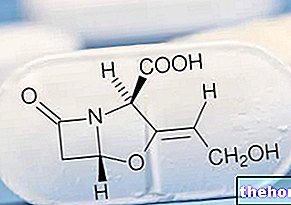Definition
Medicines without a prescription - more simply defined as SOPs - are those medicines which can be dispensed in pharmacies without presenting a medical prescription, since they are intended for the treatment of ailments considered mild and transient.

From the point of view of the classification of medicines on the basis of the supply and reimbursement regime, most of the drugs without a prescription belong to category C, therefore, their cost is fully borne by the citizen and not reimbursable by the Health System. National (SSN), except in specific cases provided for by law.
Dispensation and Costs
As mentioned, the patient can buy drugs without a prescription directly from the pharmacy and without presenting any type of medical prescription.
SOP drugs can be sold both in pharmacies and in parapharmacies, as well as in the so-called "corners of health" in supermarkets. Furthermore, they can be sold online through the websites of pharmacies authorized by the ministry of health.
The prices of SOP drugs can be established by individual pharmacies, parapharmacies or points of sale which, if they deem it appropriate, are free to apply discounts of different values.
Furthermore, it should be remembered that if a patient requests the pharmacist to dispense a certain drug, for which there is the corresponding equivalent medicine (or generic drug, if you prefer) with a lower price, the pharmacist is required to inform the patient and to dispense it instead of the "branded" medicinal product, even more so if it is the patient himself who requests it.
SOP and OTC drugs: what are the differences?
On the basis of a first superficial analysis and in the light of what has been said so far, drugs without a prescription could seem in all respects to be superimposed on OTC drugs, or over the counter drugs, if you prefer.
Indeed, there is a substantial difference between these two categories, regarding the advertising field. In fact, while for OTCs advertising to the public is allowed, the law prevents SOPs from being advertised in any way.
Furthermore - unlike what happens with over-the-counter drugs - non-prescription drugs cannot be displayed above the pharmacy counter or in areas that patients can freely access.
Therefore, the patient can have access to these drugs only through direct interaction with the pharmacist. This happens because it is believed that these drugs - although considered safe and for which medical monitoring is not essential - should be dispensed only on the advice of a professional figure such as the pharmacist (not surprisingly, drugs without "obligation prescription drugs are sometimes referred to as "council drugs").




























